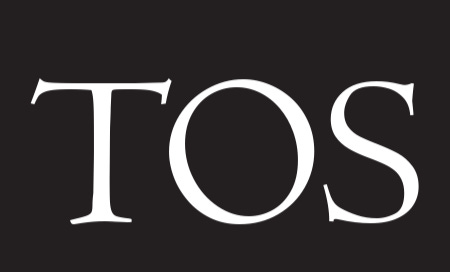Review: The Real Crash, by Peter D. Schiff
Predicting Economic Doom and Proposing Real Solutions for America's Future
The Real Crash: America’s Coming Bankruptcy, by Peter D. Schiff. New York: St. Martin’s Press, 2012. 352 pp. $25.99 (hardcover).
Keep reading with a 7-day free trial
Subscribe to The Objective Standard to keep reading this post and get 7 days of free access to the full post archives.




